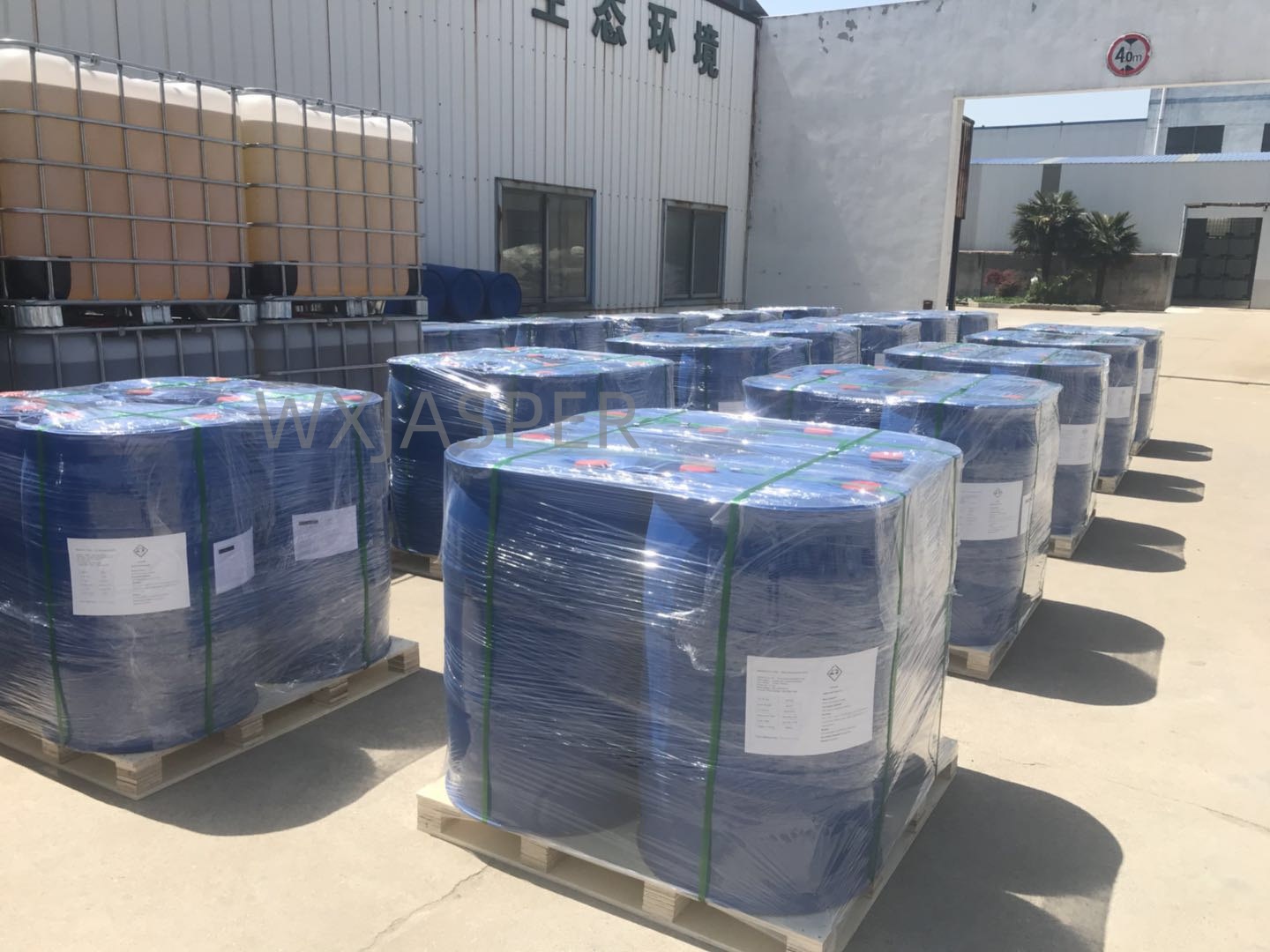Your Location:Home > Products > Solvents > HDB-SC4000



CasNo: 9003-04-7
MF: (C3H3NaO2)n
Appearance: liquid
Delivery Time: 15 days
Packing: 200kg/drum
Purity: 99%
| Parameter Category | Typical Index Range | Description |
|---|---|---|
| Solid Content | 40%-50% | Balances dispersion efficiency and storage stability, suitable for industrial-scale SC formulation production. |
| pH Value (1% Aqueous Solution) | 6.0-8.5 | Weak acid-base range, highly compatible with most pesticide active ingredients (e.g., difenoconazole, imidacloprid) and pigments. |
| Viscosity (25℃, mPa·s) | 600-1200 | Viscous liquid state, does not affect fluidity adjustment in processes such as sand milling. |
| Number-Average Molecular Weight | 10,000-20,000 | High molecular weight enhances steric hindrance effect, improving stability of high-concentration systems. |
| Hazardous Substance Restrictions | Free of APEO, naphthalene, formaldehyde; heavy metals (Pb/Cd/Hg/As ≤5mg/kg) | Complies with EU REACH and domestic environmental standards, suitable for green formulation production. |